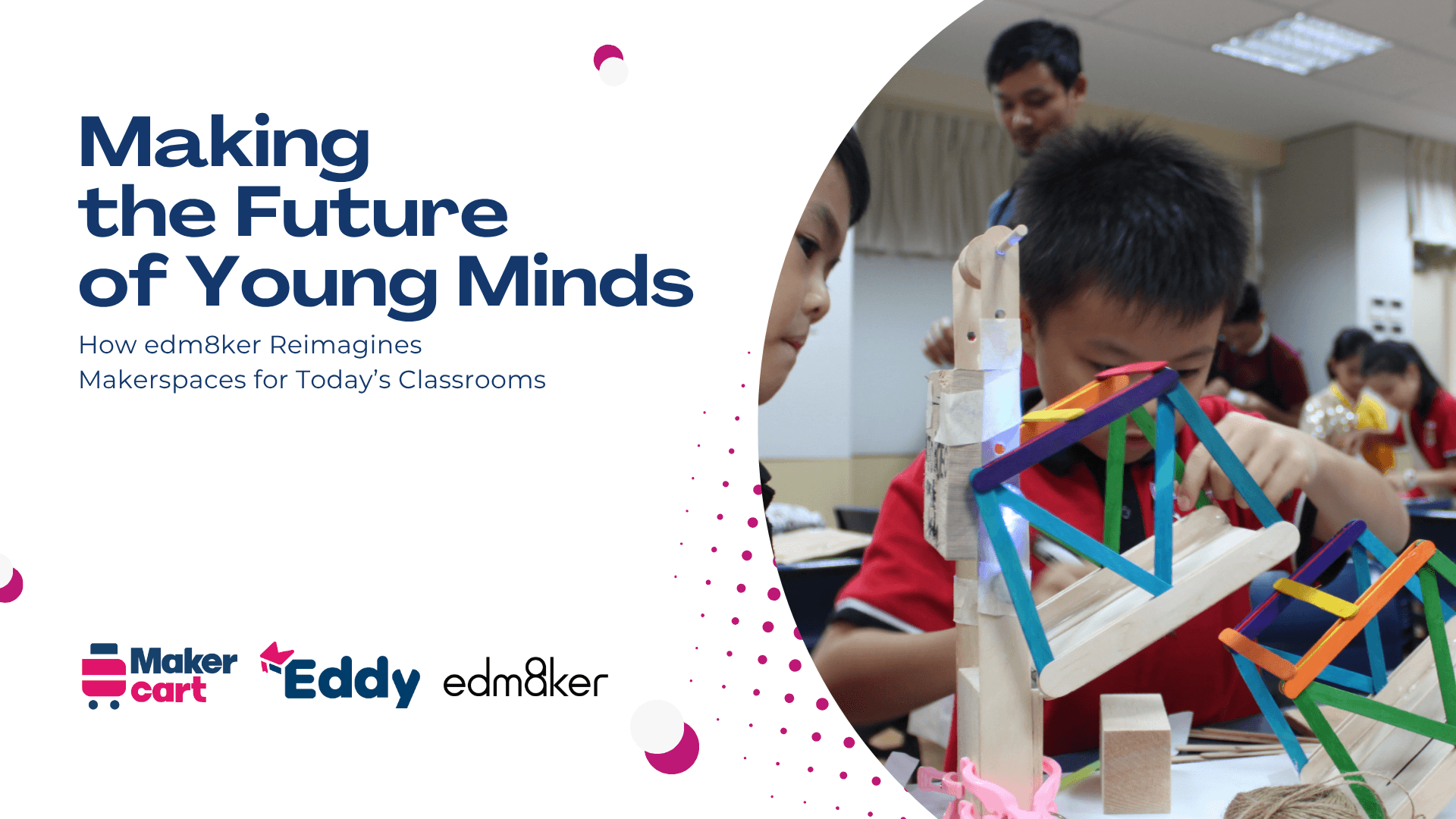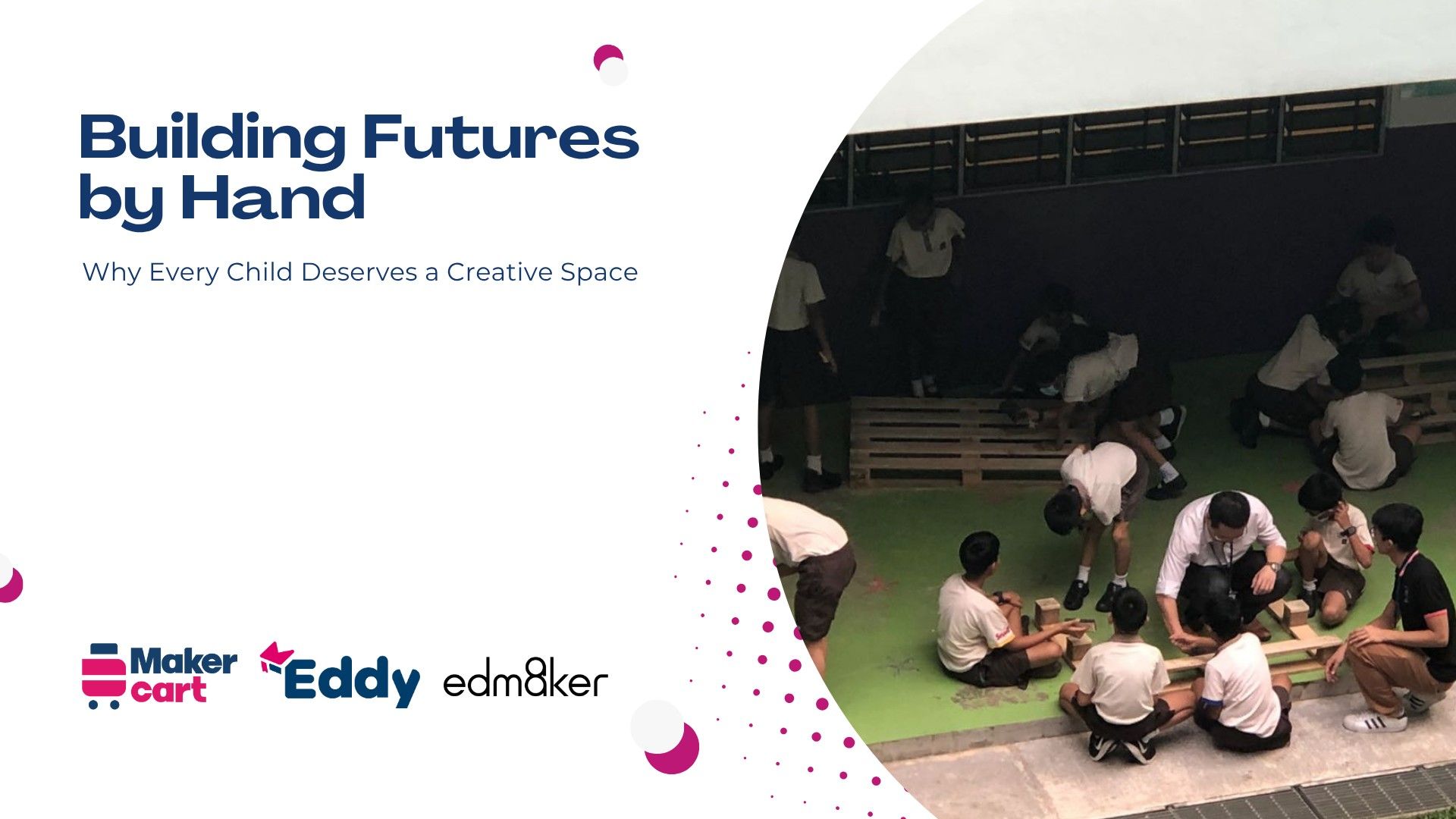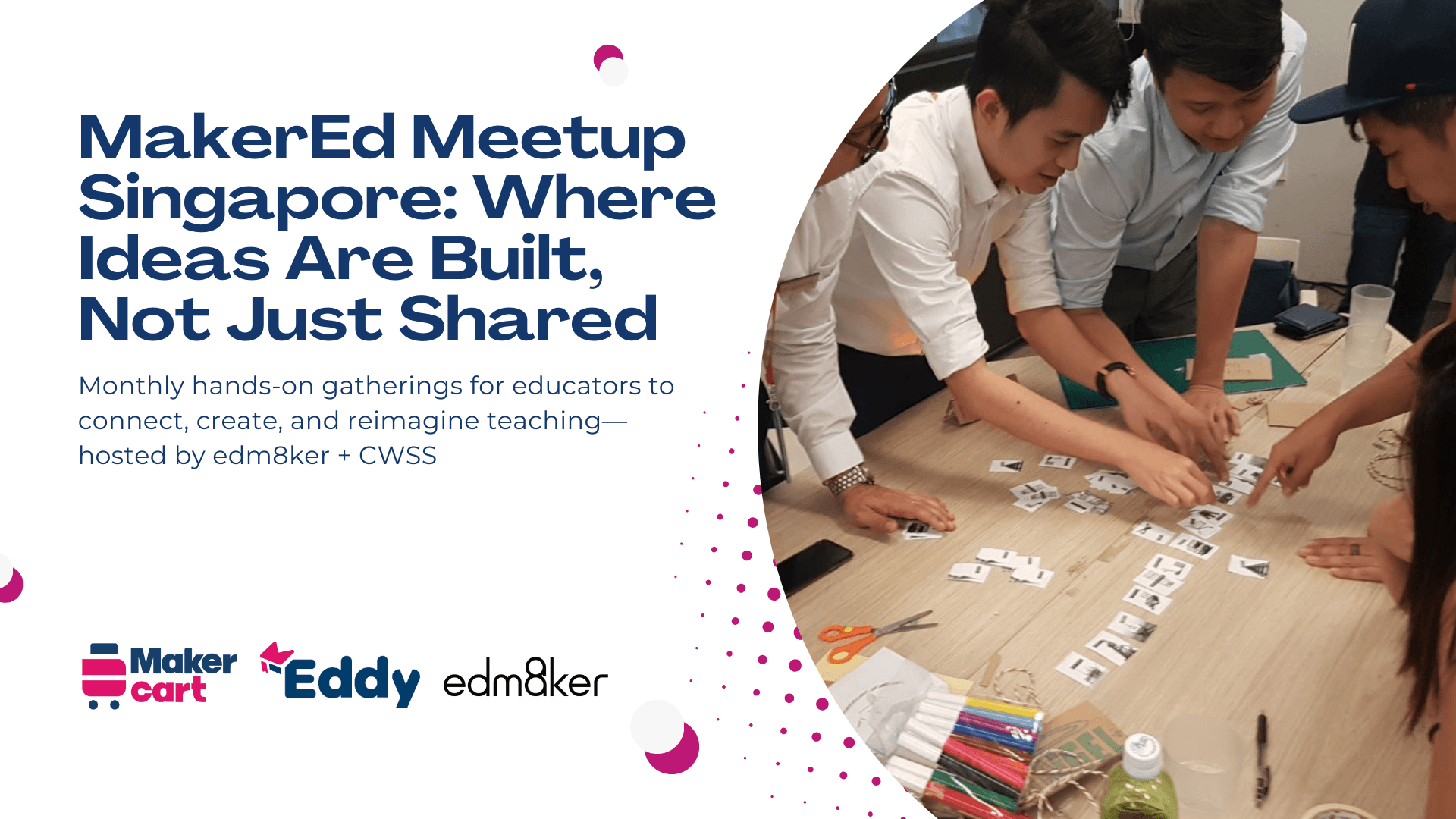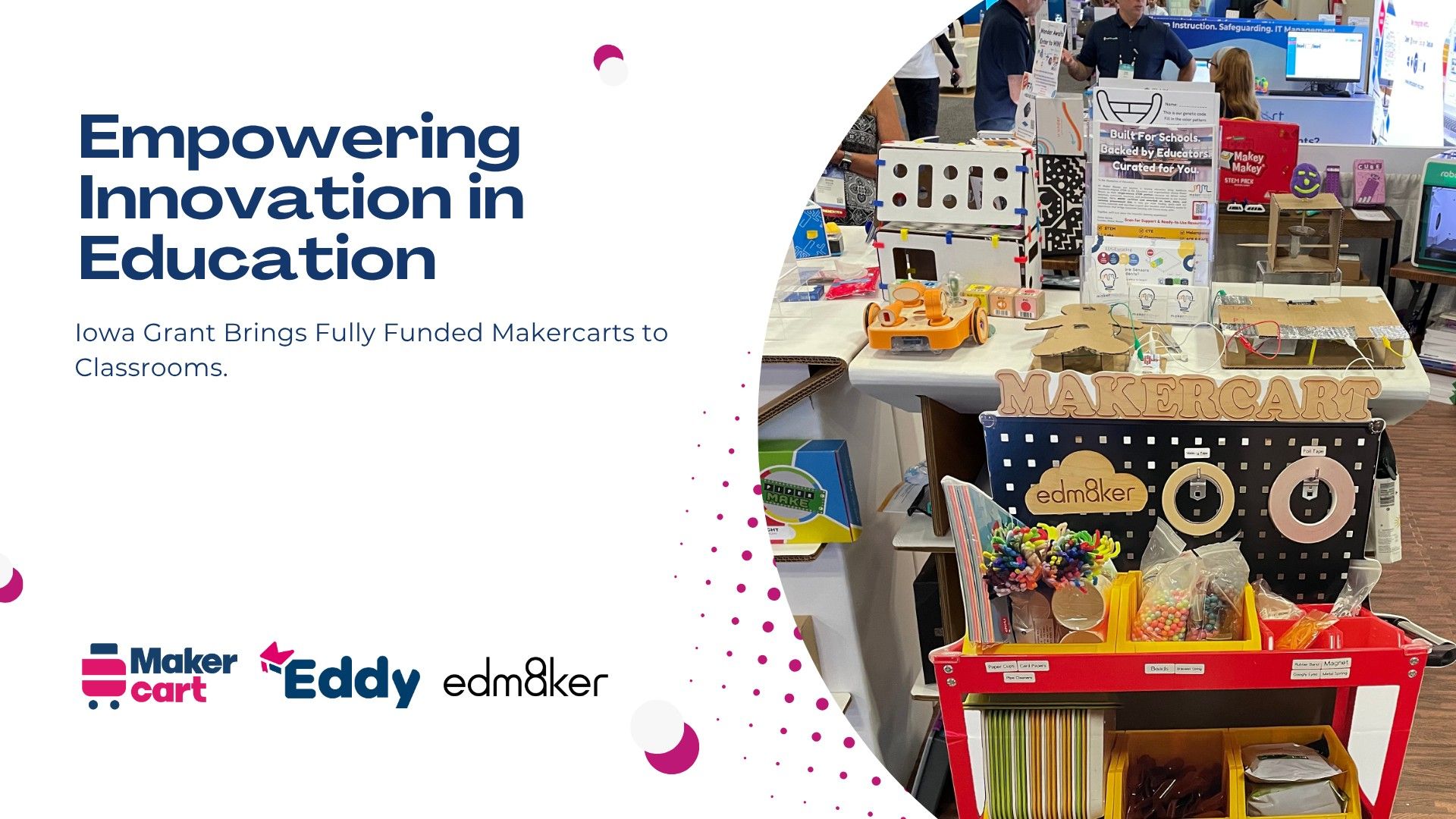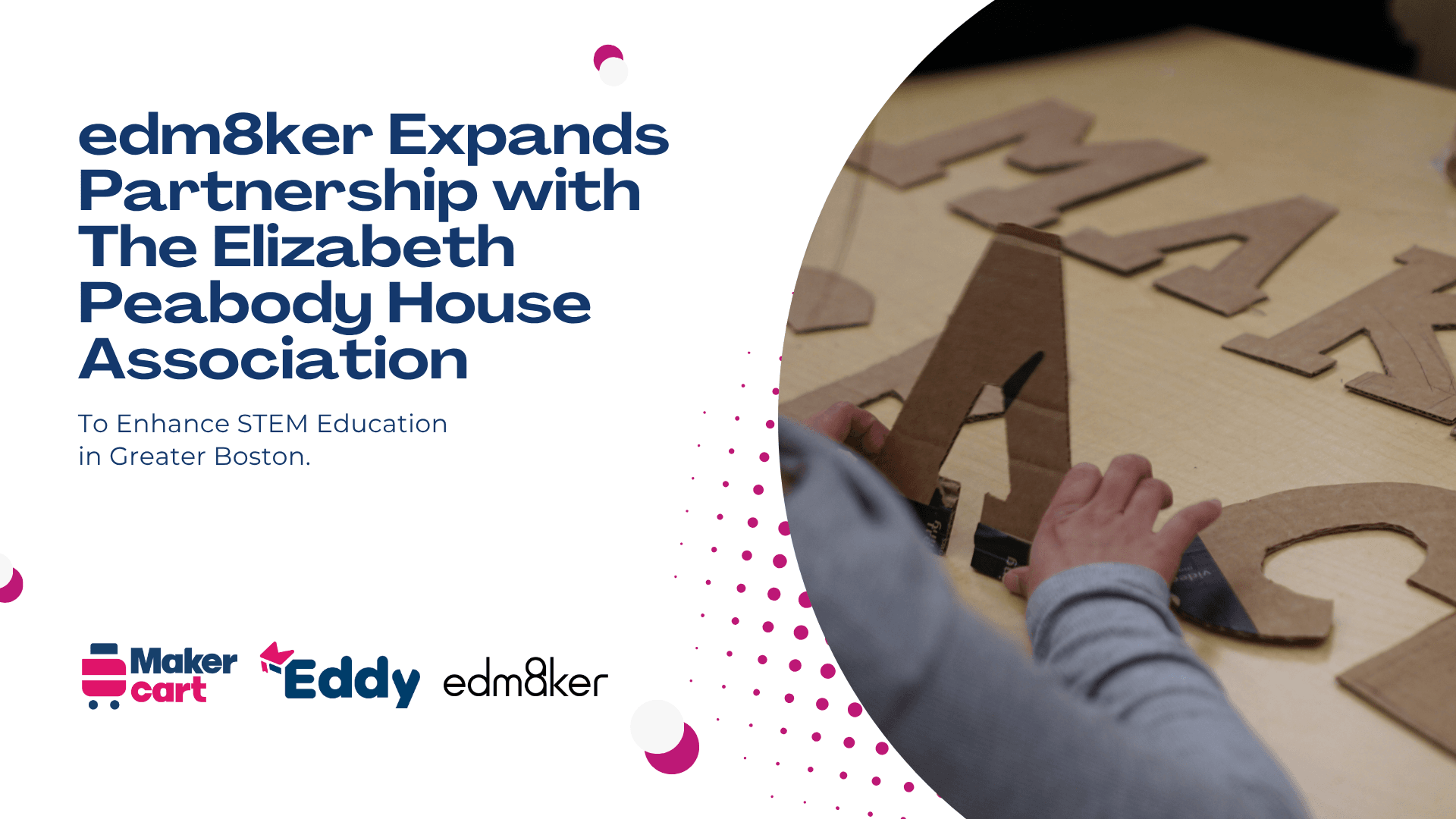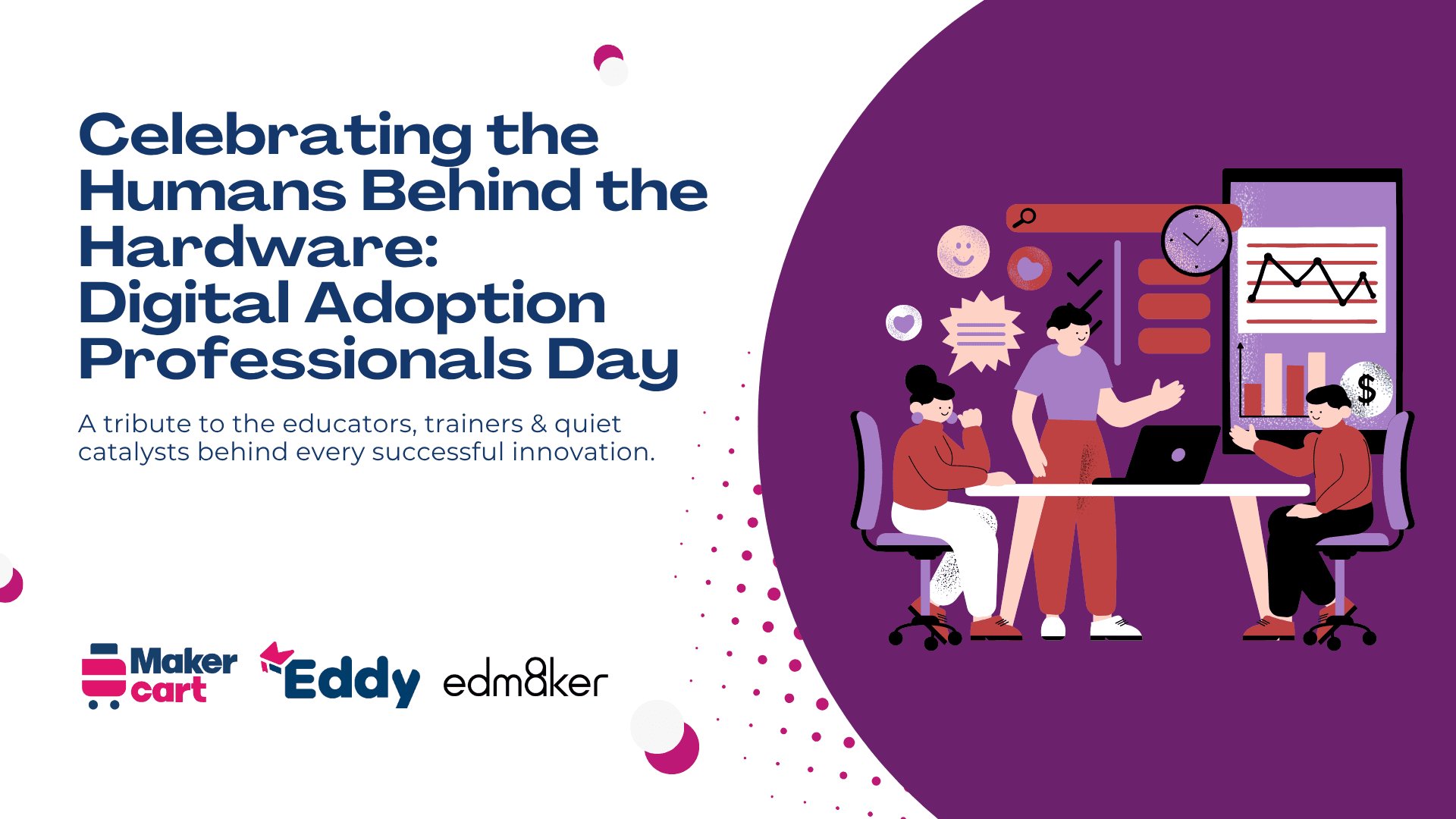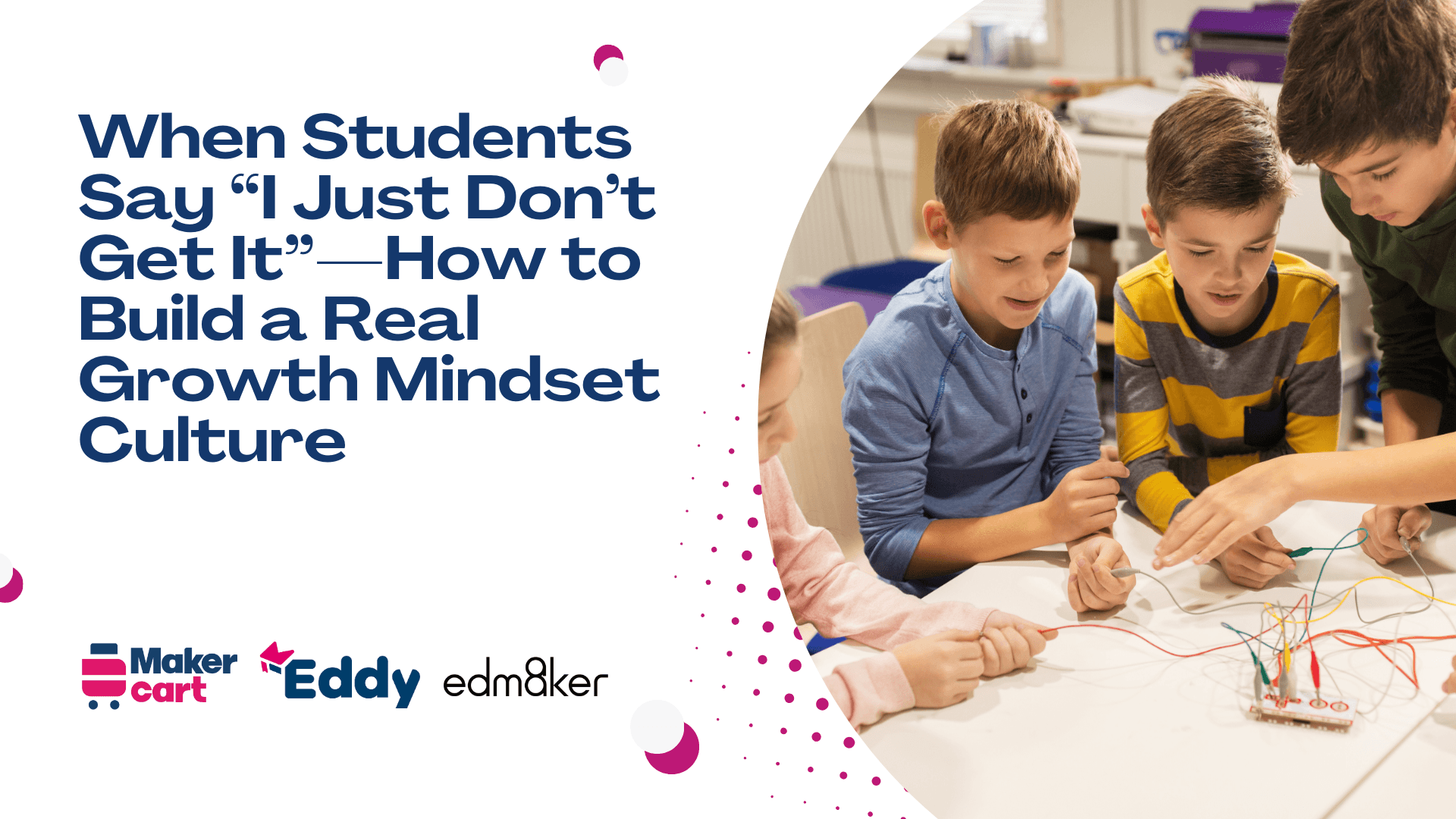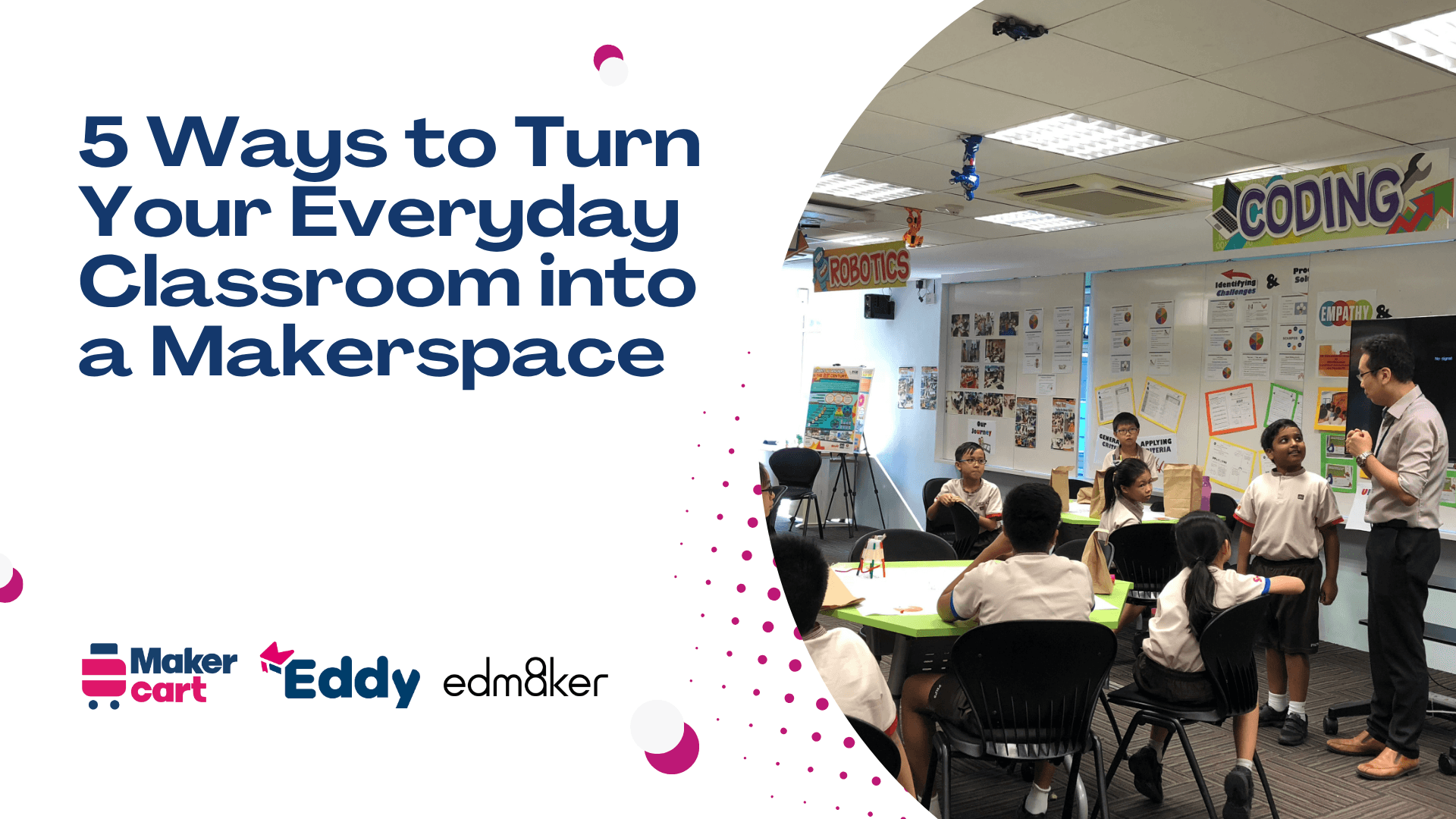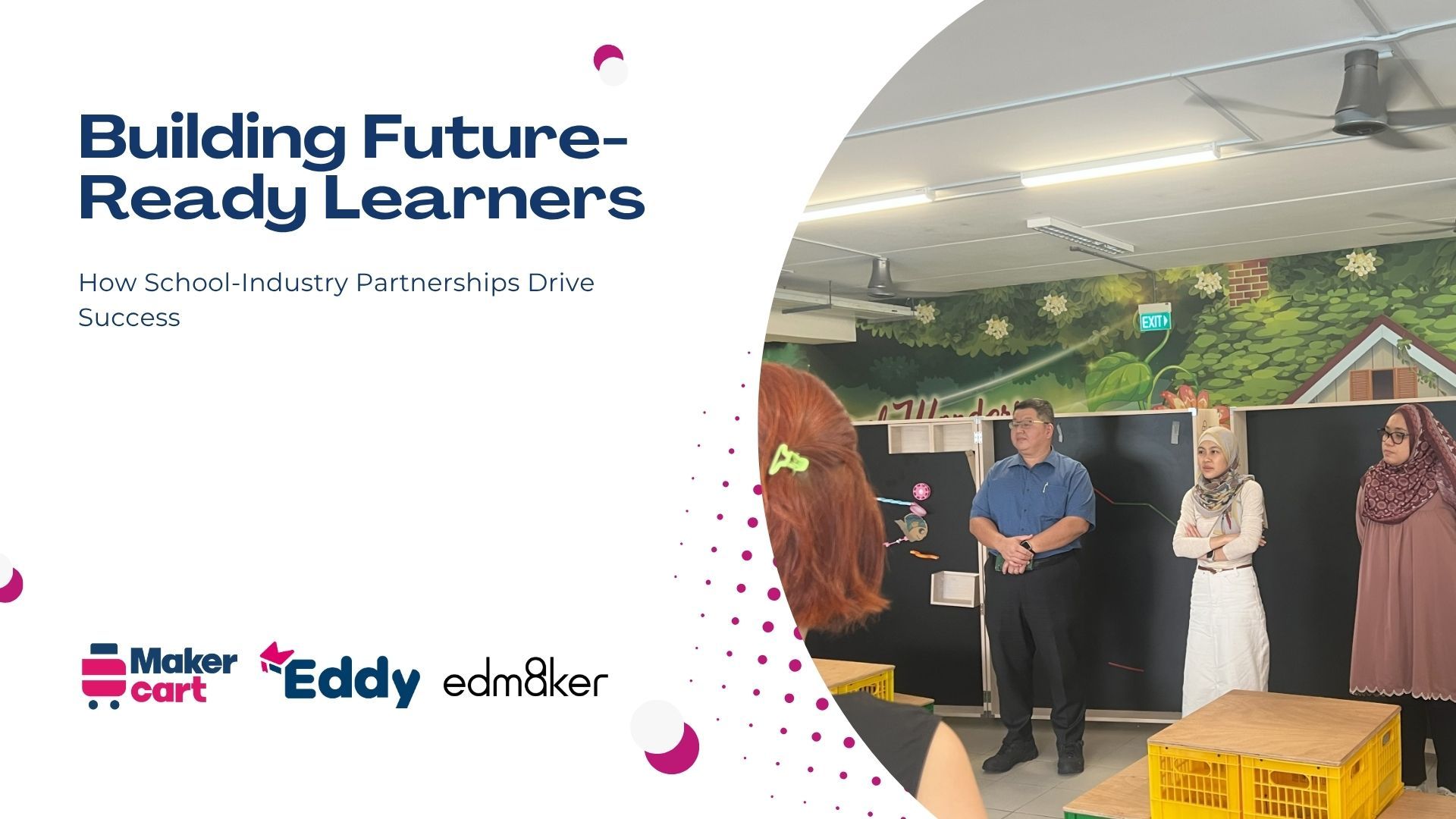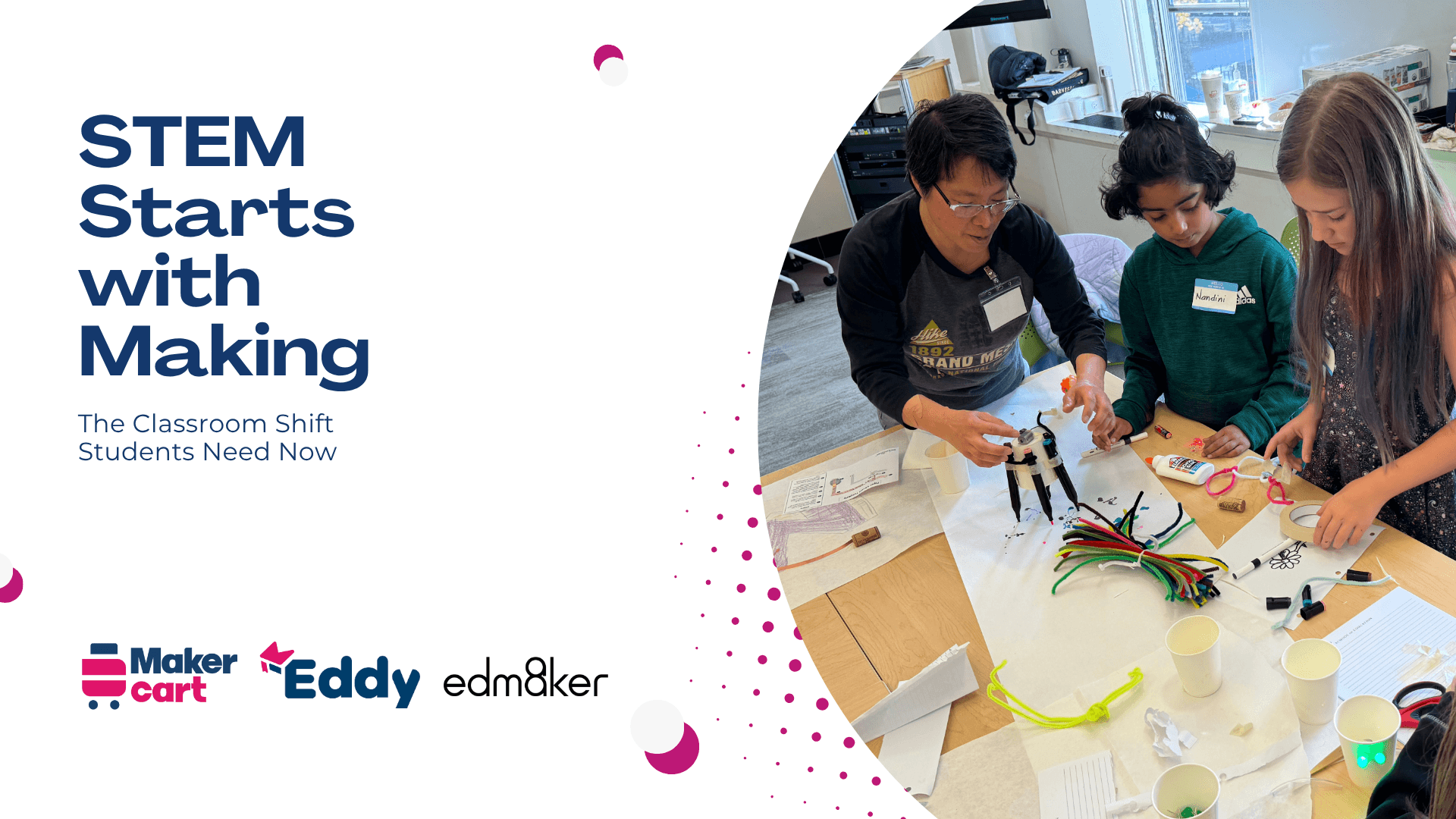
"The best way to predict the future is to create it." – Alan Kay
Today’s classrooms are full of potential—but far too often, students sit disengaged, memorizing content that feels disconnected from the world they live in. We hear it all the time: “When will I ever use this?” The truth is, students crave relevance. They want to build, solve, create. That’s where maker education steps in. Rooted in design thinking and real-world problem-solving, maker education helps learners take ownership of their growth. Teachers aren’t expected to be engineers—they just need tools that make it easier to say:
Let’s try it together.
The 6 Core Elements of Why Maker Education Matters
1. From Consumers to Creators
Maker education moves students beyond being passive tech users. Through coding, digital fabrication, physical computing, and design, they become builders of ideas—learning not only how things work, but why they matter.
2. Building Future-Ready Skills
Problem-solving isn’t an isolated skill—it’s the foundation of every career that values initiative. From prototyping solutions to conducting peer feedback sessions, maker education gives students a safe space to iterate, fail, and refine. These are the same processes used by engineers, architects, scientists—and, increasingly, every industry.
3. Bridging the Equity Gap in STEM
Research from international frameworks like the OECD’s Learning Compass 2030 emphasizes that student agency, creativity, and real-world problem solving are essential for future-ready education. Maker-centered learning directly supports these goals by engaging diverse learners in hands-on, meaningful work that builds confidence and ownership.
Maker projects offer multiple entry points for diverse learners. Whether it’s building a water filter, coding a storytelling app, or designing a climate action campaign, every student can find a meaningful path.
4. Turning Theory into Application
A student might memorize the properties of circuits. But ask them to light an LED using a breadboard and watch the concept click. When learning lives in the hands, the head follows. Maker education grounds abstract ideas in materials, movement, and purpose.
5. Practical and Flexible Implementation
You don’t need a dedicated lab to get started. Some of the most effective maker activities begin with cardboard, markers, and a question. Tools like Makercart are mobile, modular, and designed for classrooms with limited time and space.
6. Cross-Disciplinary Learning that Mirrors the Real World
A sustainability project might involve science (climate systems), math (data collection), language arts (presenting findings), and design (building a solution). This is the world students will graduate into—and it’s what maker learning prepares them for.
Looking to bring hands-on STEM to life in your classroom?
edm8ker’s Future-Ready Maker Programs are built for real students in real classrooms—helping teachers deliver powerful, accessible learning experiences.
Empower learners with tools like:
• Repair Café – Fix, reuse, and build repair literacy
• DesignM8ker – Learn design thinking through making
• Youth Sustainability Action – Tackle real-world green projects
• Junior AI Explorer – Dive into responsible, age-appropriate AI
Explore Our Programs →
Printable Infographic: Maker Learning Visual Guide for the Classroom
Want a poster that builds curiosity, not just decorates your walls?
This printable guide supports class discussions and encourages student reflection before, during, or after a project.
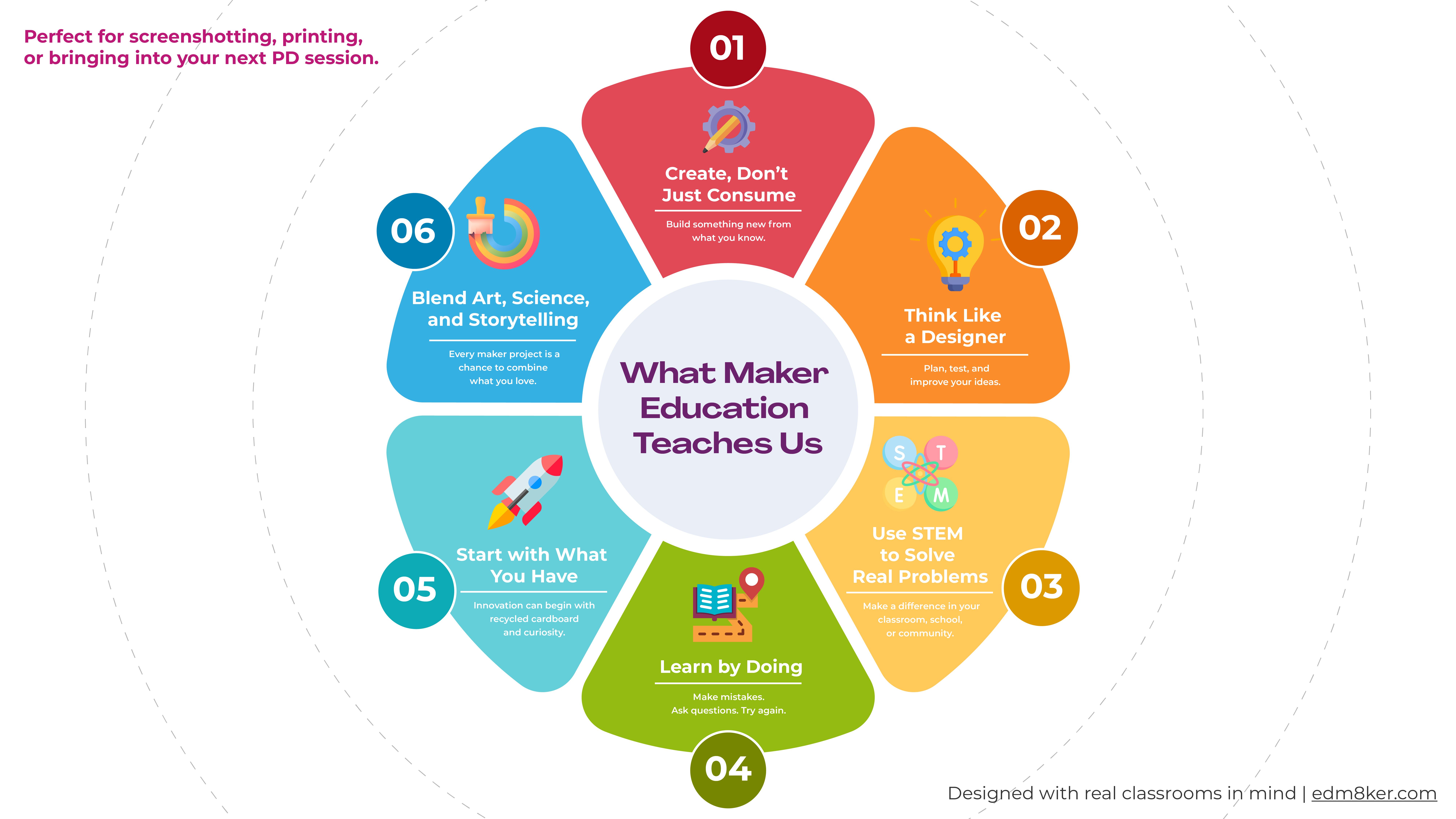
How to Use This in Class:
- Post it as a conversation starter
- Use during reflection journals or project rubrics
- Refer back during cross-disciplinary activities
Case Study: Boosting Classroom Engagement with Eddy's Interactive Lesson Packages
Rehana Mohamed, a dedicated teacher at St. Anthony’s School in Miami, knew her students needed more than lectures to stay engaged—they needed to connect with learning in a meaningful way. With the help of Eddy, edm8ker’s AI-powered teaching assistant, she discovered a new path.
The Challenge: Traditional instruction wasn’t sparking student curiosity. Rehana wanted a hands-on, exploratory way to help her students learn and care about what they were learning.
The Solution: Rehana began integrating interactive platforms like Brush Ninja and Mathigon through Eddy’s lesson packages. Students animated the water cycle, brought geometric patterns to life, and proudly showcased their creations—building both knowledge and confidence.
The Results: Rehana's classroom saw a measurable 35% increase in participation. Students weren’t just doing better academically—they were more curious, expressive, and excited to learn. And Rehana? “Eddy didn’t just transform my students—it transformed me as a teacher.”
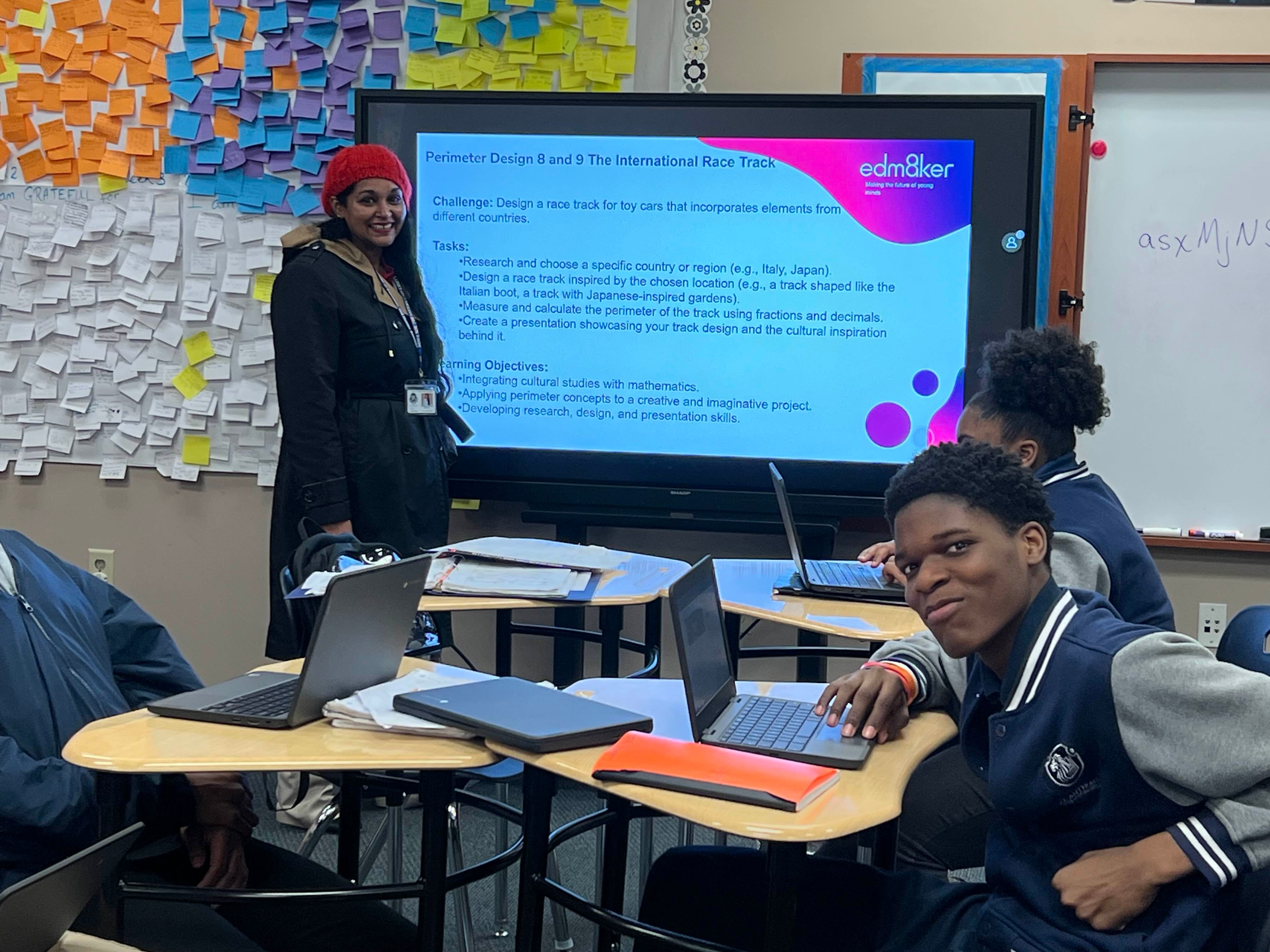
Your Turn: Ready to Reimagine Student Engagement?
Try edm8ker’s interactive lesson packages through Eddy and see how simple tools can inspire powerful learning.
Explore Eddy’s Packages → Book a Free Consultation
You don’t have to change everything overnight.
Start small. Try one project. See how your students respond.
We’re here to help—no matter where you are in your journey.
Whether you’re just starting out or looking to grow something bigger, edm8ker has your back.
- Makercart – Hands-on kits with everything you need to get making
- Makerspace Design and Consultancy – Help build a space that works for your school
- Educator Training – Support to feel confident leading creative, hands-on learning
Want to explore more?
📬 Get free classroom-ready activities
💡 Discover lessons that fit your students and your schedule
💬 Connect with other teachers trying the same thing
